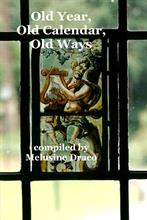
MAY: [OE] Þrimilce-mōnaþ ‘Thrimilce ‘Month of Three Milkings’ when livestock were often so well fed on fresh spring grass that they could be milked three times a day. [OHG] Winni-mánód ‘pasture month’. In the 14th century misericord calendar, it was shown as the time for blessing the crops since farmers needed all the help they could get. The tree representing May is the White-thorn or Hawthorne; also known as the May Tree because of its associations with May Day. Since this is a sacred tree it was considered unlucky to take branches of flowers into the house; if used as decorations outside it was a symbol of good luck.
1st Beltaine is the anglicised Gaelic name for the May Day festival, most commonly held on 1st May, and marks the end of the winter half of the year in the Northern Hemisphere, and is traditionally a day of celebration and revelry in many cultures around the world, but this holiday has surprisingly deep roots that tap into ancient pre-Christian customs relating to fertility, agriculture, and the Spring Equinox. May Day was once the premier summer holiday in many ancient European pagan cultures, where the beginning of February marked the beginning of spring, May 1st marked the beginning of summer – the season of growth and life for crops, animals, and people. Today: Be out first thing in the morning to bathe your face in the morning dew.
1st Calan Mai or ‘Calend (first day) of May’ or Calan Haf ‘Calend of Summer’ is a May Day holiday of Wales. Celebrations started on the evening before, known as May Eve, with bonfires ; as with Calan Gaeaf on November 1st, the night before (Welsh: Nos Galan Haf) is considered an Ysbrydnos or ‘spirit night’ when spirits are out and about divination is possible. The tradition of lighting bonfires celebrating this occasion happened annually in South Wales until the middle of the 19th century. Today: Light the patio fire and celebrate.
1st May Day or Garland Day. In Britain, as in most parts of Western Europe, May Day marked the end of the harsh winter months. For our ancestors it was a major annual festival and was celebrated throughout the country with music, dancing and games. Traditional May Day celebrations included dancing around the maypole, the appearance of the ‘hobby horses’ and characters such as Robin Hood and Jack-in-the-Green. Today: Join in the May Day celebrations in your part of the country.
Weather-lore: ‘Hoar frost on May 1st indicates a good harvest.’
1st May Day. According to the entry in Brewer’s The Dictionary of Phrase & Fable: ‘Polydore Vigil says that the Roman youths would go into the fields and sped the calens of May in dancing and singing in Honour of Flora, goddess of fruits and flowers. The early English consecrated May-day to Robin Hood and the Maid Marian, because the favourite English outlaw is said to have died on that day. Stow says the villagers used to set up May-poles, and spend the day in archery, morris-dancing and other amusements.’
1st Mother Goose Day. Since its inauguration in1987, many schools and libraries have celebrated Mother Goose Day as a time to remember and enjoy the fairy tales and nursery rhymes of childhood that date back to the 17th century. Many of these rhymes were cited by Robin Skelton and Margaret Blackwood in Earth, Air, Fire, Water – a 1990 compilation of pre-Christian and pagan elements in British songs, rhymes and ballads.
3rd Roodmas the English name for Beltaine, as in keeping with Candlemas (Imbolc), Lammas (Lughnasad), and Hallowmas (Samhain), should be celebrated as near 1st May as possible. Today: Use the following poem and conduct a magical cleansing and protection rite for your home.
3rd Roodmas planting. From very early times, beans were the staple diet of country folk; they were thought to contain spirits, and their flowers were associated with death. In Yorkshire it was said that broad bean flowers contained the souls of the departed, while in Devonshire it was believed that if in a row of beans one should come up with white instead of green, there would be a death in the family within the year. To plant kidney beans on any day other than 3rd May was tempting fate. Today: Plant your beans according to tradition and guarantee a good harvest.
8th The Festival of the Helston Furry Dance is held annually in Cornwall and is said to be one of the oldest examples of a communal spring festival dance. Together with the Abbots Bromley Horn Dance in September, it is one of the oldest British customs still practiced today. A celebration of the passing of winter and the arrival of spring, the modern variant of the dance holds few similarities with the proposed original having been revived long after the event had died out. Today: An ideal time to formally welcome in the summer.
9-11th Lemuria were these odd-numbered days when Roman domestic ceremonies were performed in honour of the ancestors. Acknowledge the passing of family members who have died during the preceding winter and for those who are still sorely missed. Today: Leave a lighted candle on the doorstep to guide home any restless spirits and honour them with an offering of bread and milk.
11th Blessing Sea and Fisheries [Kent] is an annual event and claims to be one of the oldest marine rituals still surviving. One of these occurs in the ancient fishing town of Folkestone, being associated with the chapel of St. Peter, dedicated to the town’s fisher folk and with fine views of the harbour. Today: If you have friends or relations at sea offer up a prayer and libation to keep them safe in the coming year.
12th Old Beltane. Even more traditionally, the festival fell about halfway between the Vernal Equinox and the Summer Solstice and was widely observed throughout Ireland, Scotland and the Isle of Man. In Irish the name for the festival day is Lá Bealtaine – and is similar to the Welsh Calan Mai. Beltane is mentioned in some of the earliest Irish literature and it is associated with important events in Irish mythology. Historically, it marked the beginning of summer and was when cattle were driven out to the summer pastures. Rituals were performed to protect the cattle, crops and people, and to encourage growth. Special bonfires were kindled, and their flames, smoke and ashes were deemed to have protective powers. The people and their cattle would walk around the bonfire or between two bonfires, and sometimes leap over the flames or embers. All household fires would be doused and then re-lit from the Beltaine bonfire. These gatherings would be accompanied by a feast, and some of the food and drink would be offered to the Aos Sí. Today: Draw on the energies of Old Beltaine and celebrate as our ancestors celebrated with feasting and merriment in time honoured tradition.
17th Feast day of St Madern (Maden, Madron) of Cornwall (6th century). It has been suggested that he was a Christianisation of the mythical Celtic Modron, the mother goddess, since some aspects of the veneration at Madron’s Well do appear to derive from pagan origins. Today: Offer up food and wine to honour the Triple Goddess.
22nd Feast Day of St Helene (Elen, Helen) of Carnarvon. Her story is told in the tales associated with the Mabinogion. Welsh mythology remembers her as the daughter of a chieftain who lived somewhere near Caernarfon and for encouraging the building of roads across her country so that the soldiers could more easily defend it from attackers, thus earning her the name Elen Luyddog (Elen of the Hosts). Since many characters in these tales are thought to be Christianised reflections of older deities, it has been suggested that Elen reflects (along with Rhiannon, etc.,) customs of the Old Ways. Today: Walk out in the woods and appreciate the wonders of the natural world.
Weather-lore: ‘A swarm of bees in May is worth a load of hay’.
23rd The Tubilustria of May was dedicated to Volcanus, an early Roman deity of fire and the smithy, which identifies with the later connections in traditional witchcraft and many other northern European Traditions. Today: Light the patio fire in homage.
29th Ambarvalia was a solemn annual Roman purification of the fields, when each farmer led his household and one of his animals in a procession around the boundaries of his land. The name ‘ambarvalia’ appears, however, to be predominantly an urban designation as Roman farmers’ almanacs (menologia rustica) describe this only as segetes lustrantur (‘crops are purified’). Joseph Justus Scaliger, a classics scholar maintained the ambarvalia to be the same as amburbium, an ancient Roman festival for purifying the city. Numerous other communities of the Italian peninsula enacted similar rites with different names such as Old Beltaine. Today: Observe as one of the pastoral festivals with a simple lunch in the open air.
30th Death of King Arthur in 542AD and one recurrent aspect of Arthurian literature is the notion that he will one day return to save his people. According to the Welsh Triads, Brân’s head was buried in London where the White Tower now stands. As long as it remained there, Britain would be safe from invasion but King Arthur dug up the head, declaring the country would be protected only by his great strength – which did not prevent either the Roman or Norman Conquests! Today: Light a candle in memory.
Whitsuntide takes place during the week following Whitsunday, and was one of three vacation weeks for the medieval villein; on most manors he was free from service on the lord’s demesne this week, which marked a pause in the agricultural year. It equates with the important Church festival of Pentecost and in early medieval England it took on some characteristics of Beltaine, which originated from the pagan celebration of Mid Summer’s Day, the beginning of the summer half-year, in Europe. As the first holiday of the summer, Whitsun was one of the favourite times in the traditional calendar and Whit Sunday, or the following week, was a time for celebration. This took the form of fêtes, fairs, pageants and parades with Whitsun ales and Morris dancing in the south of England and Whit walks and wakes in the north.
Ascensiontide often coincides with well-dressing in parts of the Midlands and provides an important link with pagan well-worship. Well-lore has survived in every part of Britain in the form of ‘holy’, ie. saints, or wishing wells. See 2nd March. Today: Put in an appearance at your local well.
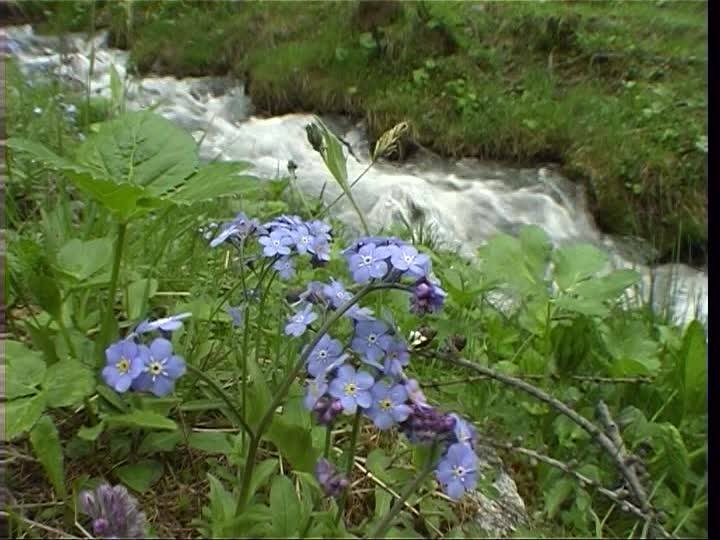
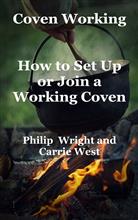
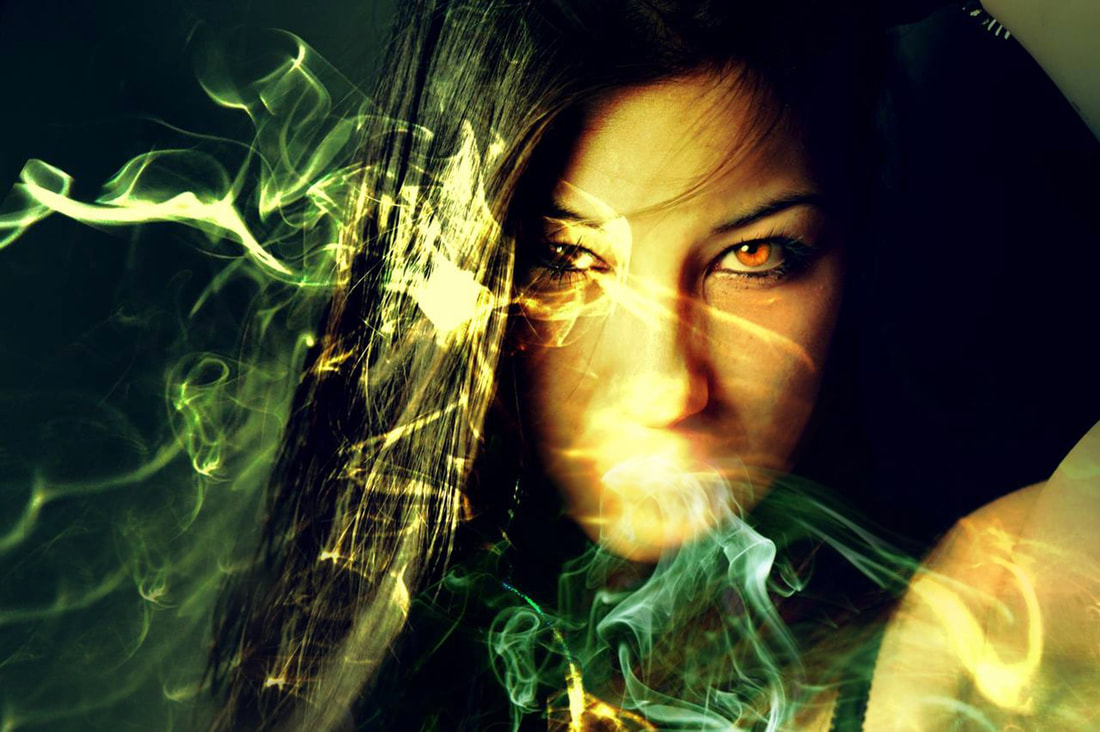
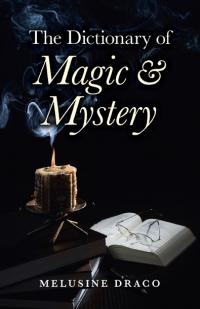
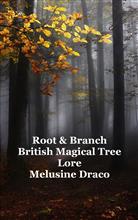
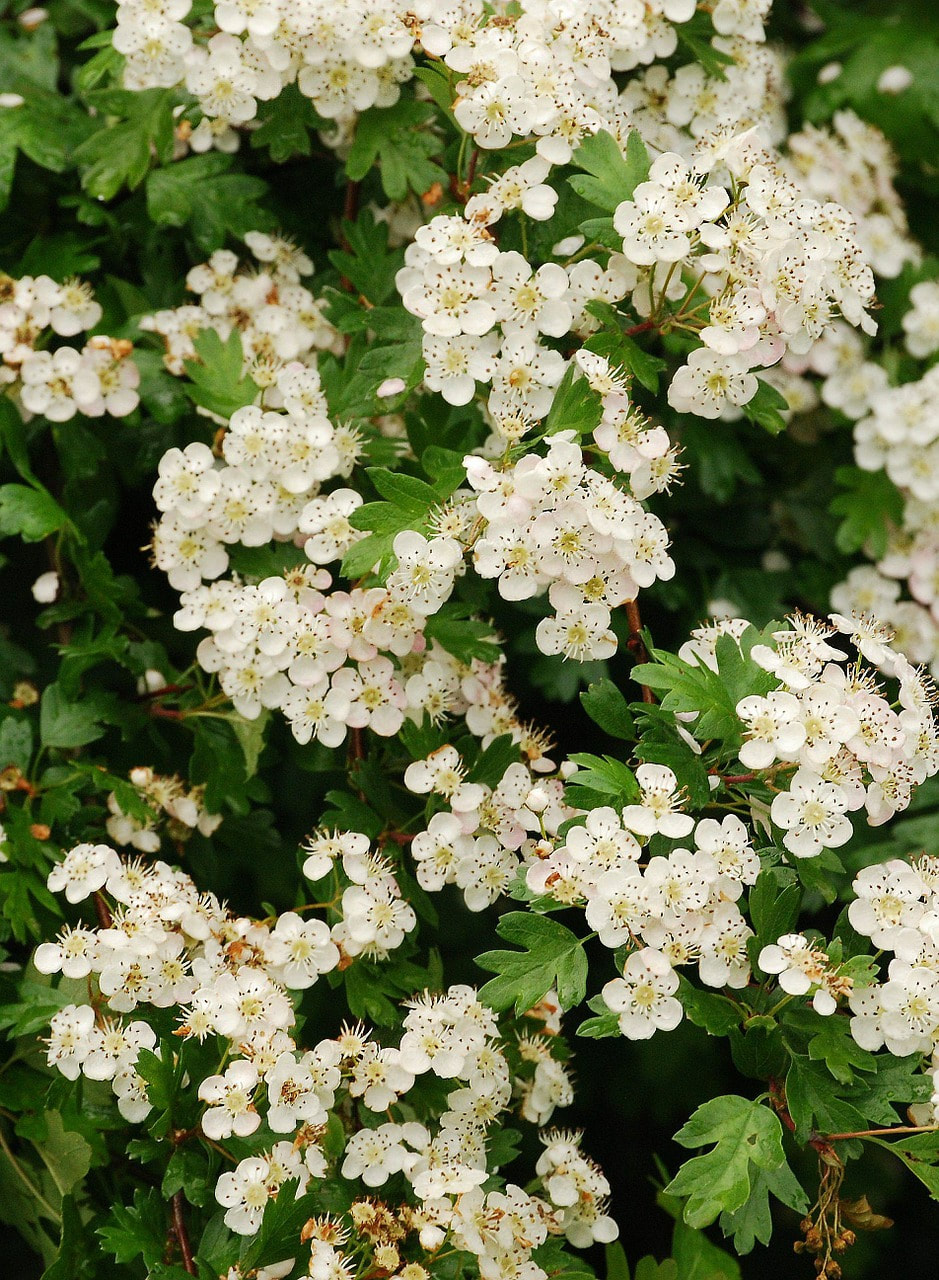



 RSS Feed
RSS Feed